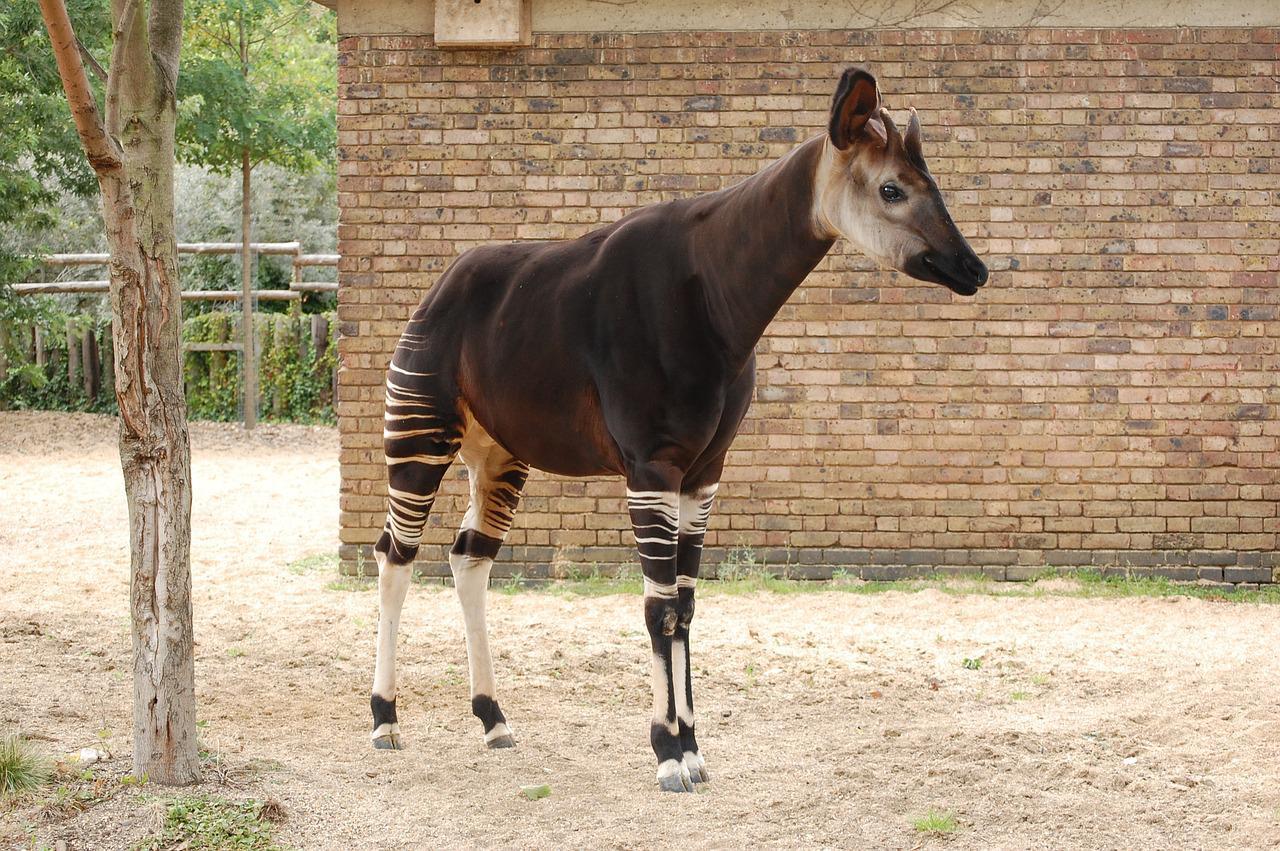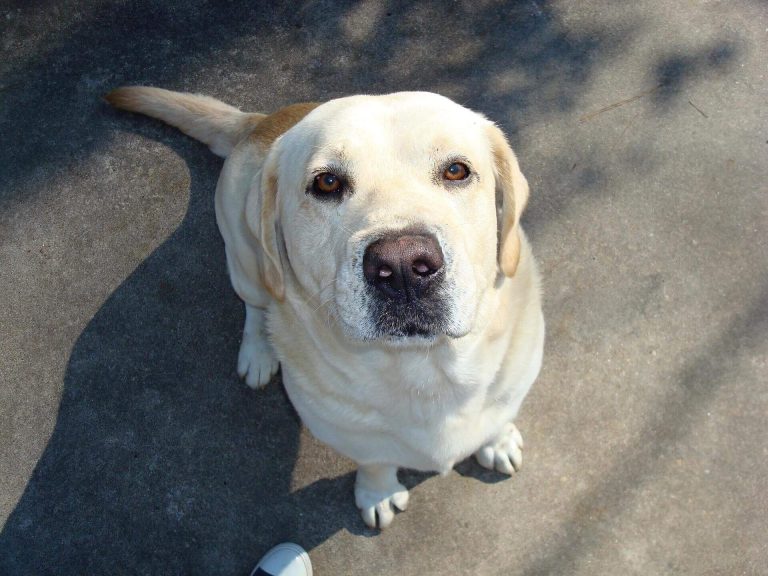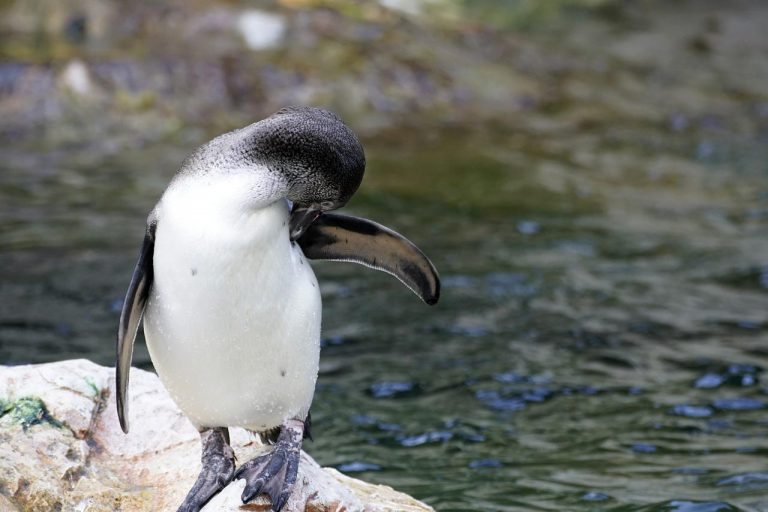Okapis: Mix between a Deer and a Zebra
What are okapis?
The okapi, sometimes known as the “forest giraffe,” resembles a mix between a deer and a zebra. Nonetheless, it is the only extant relative of the giraffe.
The only place where the okapi may be found in the wild is the Ituri Rainforest in the Democratic Republic of the Congo, where it possesses thick, oily fur to keep it dry in the rain.
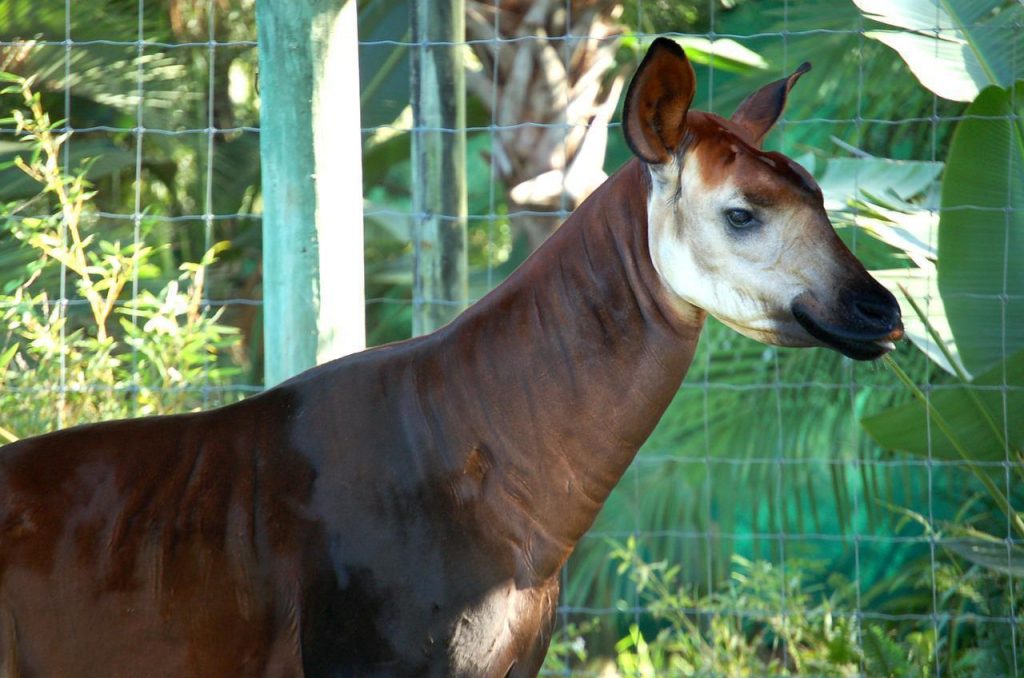
Additionally, it possesses scent glands on the bottoms of its hooves that help it mark its territory. Except for the tips, the short horns of the okapi are covered with skin. Instead of horns, the majority of females have knobby bumps.
Habitat and diet
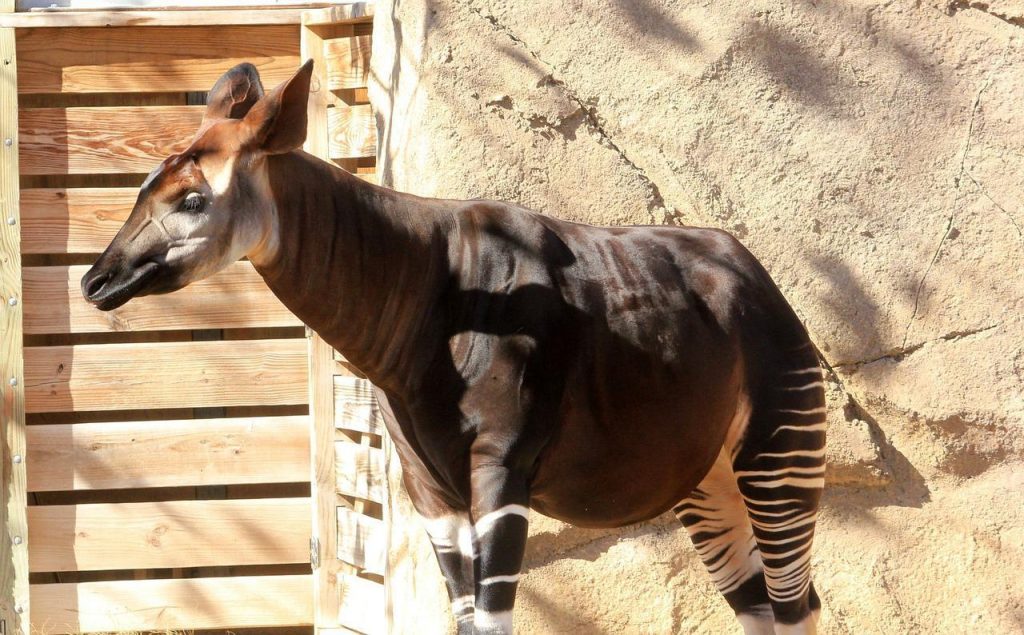
The okapi inhabits the deep vegetation of the rainforest. It is able to blend in with its environment because to the brown and white stripes on its rump, which resemble sunshine streaming through the woods.
It consumes fruits, buds, leaves, twigs, and other types of plants. Similar to the giraffe and the cow, the okapi has four stomachs that aid in the digestion of fibrous plant matter.
Similar to its giraffe relative, the okapi has a long, black tongue capable of stripping leaves from branches. Each day, an okapi consumes 45 to 60 pounds of food, including riverbed clay for minerals and salt. It will occasionally consume bat feces for nutrition.
Conduct and reproduction

The elusive okapi, which is active during the day, loves to be alone. Its hooves exude sticky territorial marks, and males also urinate on their area. Occasionally, okapis will gather in small groups to feed, groom, and even play.
Typically, female okapis give birth to a single calf per pregnancy. A newborn okapi calf is able to walk 30 minutes after birth, but it does not defecate until it is at least one month old. This is so that the odor of its feces does not attract predators. When their mother is absent, calf okapis will bleat, cough, and whistle.
Adult okapis rarely vocalize (unless when they are ready to reproduce). Inaudible to human ears, Okapi moms communicate with their young by producing infrasounds.
Female okapis are extremely protective of their young and will stamp their hooves on the ground to fend off potential threats. However, once a calf reaches the age of six months, it must fend for itself.
Dangers to survival
The okapi is listed as endangered on the International Union for the Conservation of Nature’s (IUCN) Red List of Threatened Species.

Scientists believe that populations have been cut in half over the previous two decades, although it is unclear how many survive in the wild. In the wild, the leopard is the okapi’s primary predator, but human hunters pose a bigger threat to the okapi’s survival. In 2012, a militia group slaughtered fourteen okapis at a conservation center located at the Okapi Conservation Project’s headquarters.
Today, poachers continue to murder okapis for their flesh and skin, while civil upheaval in the Democratic Republic of the Congo makes it increasingly difficult to police wildlife conservation regulations. Deforestation caused by humans also causes the fragmentation and destruction of vital okapi habitats.
Conservation
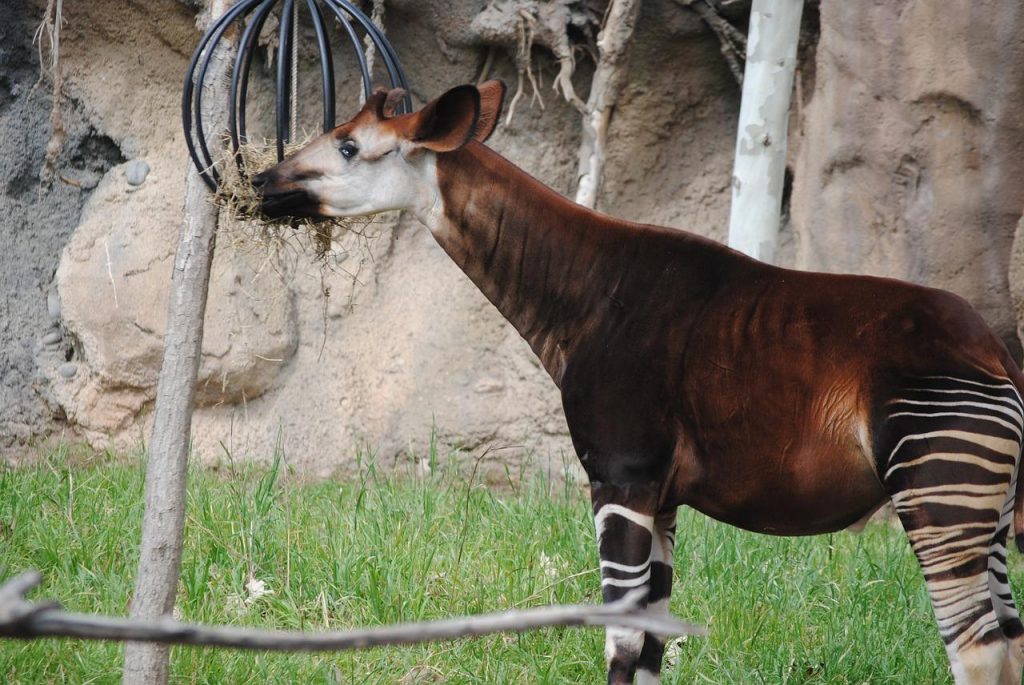
Despite the devastating attack on its offices in 2012, the Okapi Conservation Project, founded in 1987, still survives. It supports the Okapi Wildlife Reserve, a World Heritage Site in the Itiru Forest that is home to five thousand okapis.
The Okapi Conservation Project collaborates with the Institute in Congo for the Conservation of Nature to supply rangers who monitor the reserve and other okapi-inhabited regions with the necessary resources.
The responsibilities of the rangers include apprehending armed poachers before they can kill okapis and monitoring agricultural expansion that could threaten okapi habitats. IUCN has partnered with other groups, such as the Zoological Society of London, to execute a decade-long strategy to prevent illegal behavior that could lead to the extinction of the okapi.
